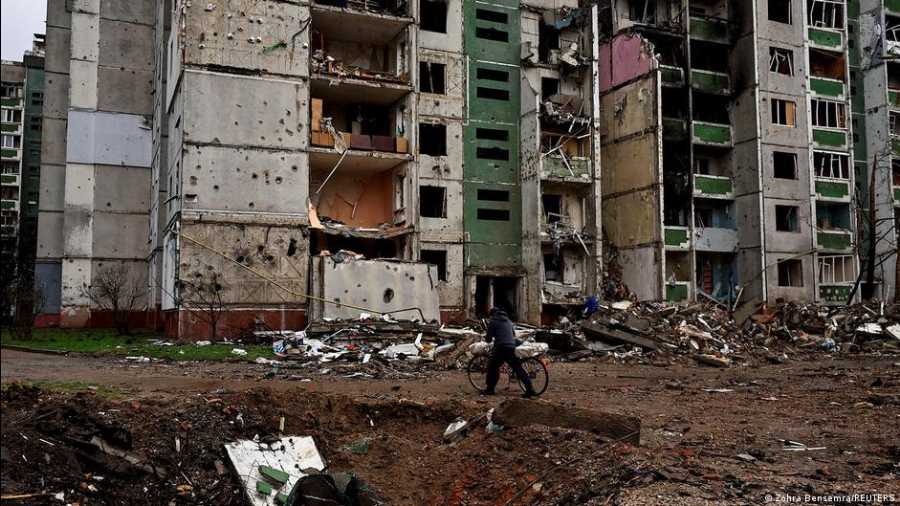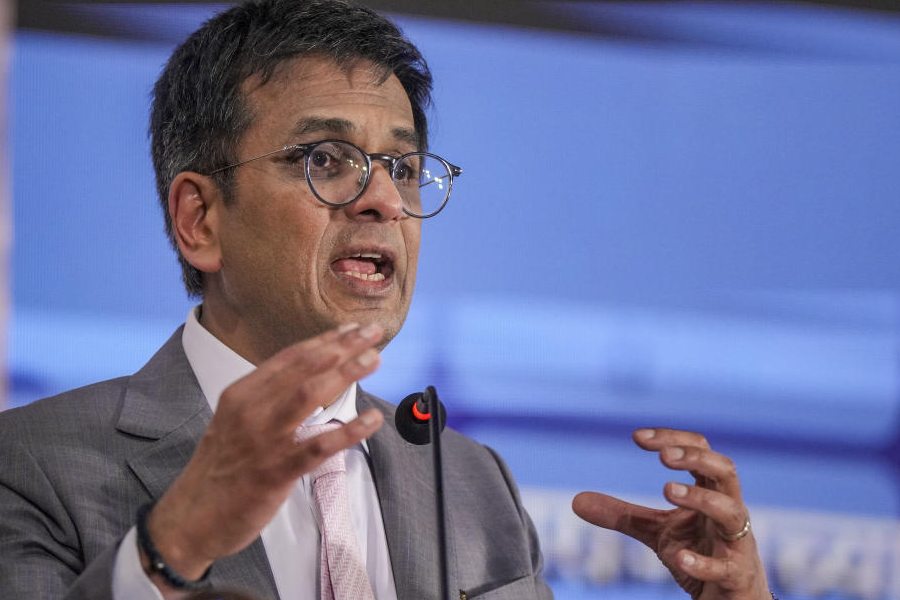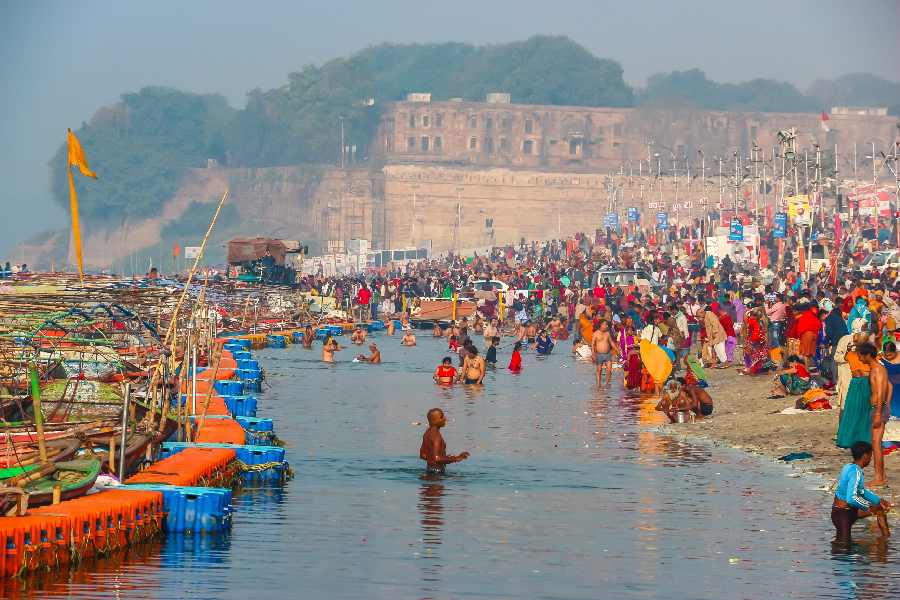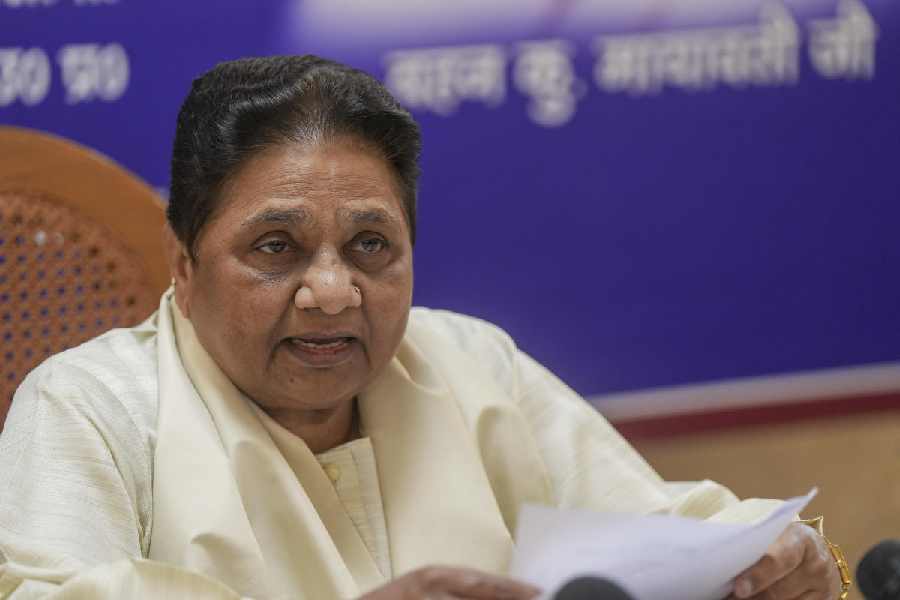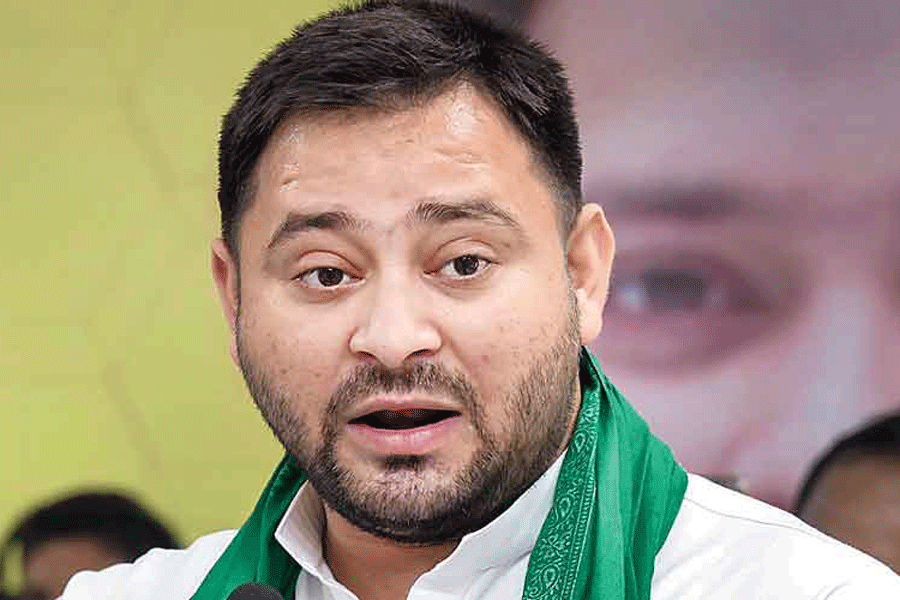Just to enter Sievierodonetsk, Ukrainian soldiers run a gantlet of Russian artillery shells zeroed in on the only access route: a bridge littered with the burned husks of cars and trucks that didn’t make it.
And once inside the city in eastern Ukraine, the focus of both armies for the past several weeks, Ukrainian soldiers battle Russians in back-and forth combat for control of deserted, destroyed neighbourhoods.
Ukraine’s leaders now face a key strategic decision: whether to withdraw from the mid-size city and take up more defencible positions, or to remain and risk being boxed in if the bridge is blown up. It reflects the choices the country has had to make since the Russian invasion began, between giving ground to avert death and destruction in the short term, and holding out against long odds in hopes it will later pay off.
In Sievierodonetsk, that calculation has taken on significance beyond the city’s limited military importance. In remarks to journalists on Monday, President Volodymyr Zelensky referred to Sievierodonetsk and its neighbour across the river, Lysychansk, as “dead cities” ravaged by Russian attacks and nearly empty of civilians.
And yet he insisted there was a compelling reason to stay and fight: Ukraine’s position throughout the war has been that it intends to hold onto its sovereign territory, and not yield it to Moscow.
Retreating now to better positions on higher ground across the Seversky Donets river, and then fighting to retake the city later, he said, would be harder and carry a higher price in bloodshed than holding on.
“It will be very costly for you to return, in terms of the number of people killed, the number of losses,” Zelensky said.
“Our heroes are not giving up positions in Sievierodonetsk,” he added. “Fierce urban combat continues in the city.”
It was a rare public rumination by Zelensky on strategic decision-making in the war, providing a window into the goals of his government and its military. Sievierodonetsk is the last major city in the breakaway region of Luhansk that the Russians have not taken; capturing it would give them near-total control of that enclave.
There are other factors as well. Falling back could be demoralising to Ukraine’s forces.
And some Ukrainian soldiers said it is worth drawing out the phase of urban combat to inflict more casualties on the already depleted Russian forces, and possibly damage their morale.
It was also possible Zelensky was aiding the military with misdirection by signalling one intention while quietly pursuing an opposite course of action.
The government has not said how many military casualties Ukraine has suffered overall since the Russian leader Vladimir V. Putin ordered the invasion in February. But Zelensky said last week that in the recent, intense fighting, each day his country was losing 60 to 100 soldiers killed and 500 wounded. Russia’s defence minister, Sergei Shoigu, said on Tuesday that 6,489 Ukrainian service members had been captured.
Ukraine’s interior ministry this week estimated civilian casualties at 40,000 killed or wounded, though some government officials say the true figures are higher. Ukrainian officials said on Tuesday that ruptured sewer and water pipes in the southern city of Mariupol, seized by Russia after a devastating siege, have created a risk of severe disease outbreaks that would raise the civilian toll.
New York Times News Service

